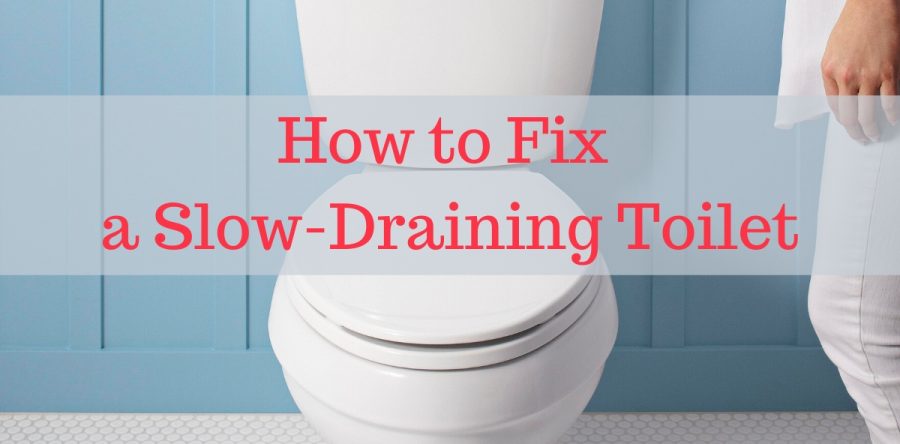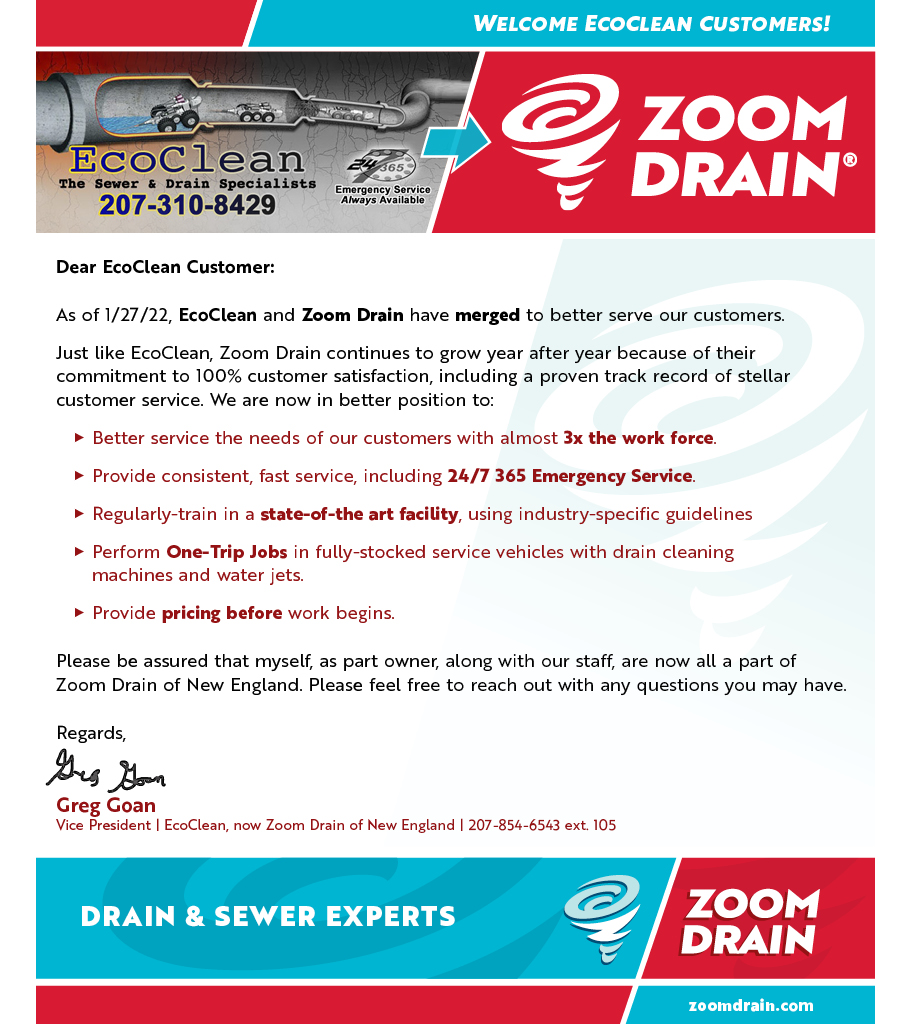A toilet that is slow to fill after flushing may seem more like an annoyance than a problem requiring a homeowner’s time and attention. However, a slow-filling toilet can be a sign of bigger plumbing issues that need to be addressed. If ignored, it could potentially lead to the need for more significant repair work down the road.
Fortunately, there are several steps you can take to troubleshoot a blocked or clogged toilet, many of which will just require a few minutes of your time, and possibly a quick trip to your local hardware store for supplies.
The Float Ball Is Too Low
The cause behind your toilet’s inability to fill at a normal speed could be as simple as a float ball that is sitting too low in the tank. The ball is meant to sit above the water in the toilet tank and move the float arm once the tank has filled to proper volume – stopping more water from entering the tank. Should the ball be placed too low, it might be preventing the tank from filling back up with the proper volume of water. First, try slightly bending the flat arm up to position the ball higher up in the tank. If that doesn’t work, or only works temporarily, it’s likely worn-out and you simply need to buy a new one.
A Valve That Is Only Partially Open
The next thing you should check if the float ball is functioning normally is the water supply valve, which is located underneath the toilet tank. The valve needs to be opened all the way so that water can flow freely into the tank and your toilet can function properly. If it’s only partially open, it could be slowing down the water passing through.
Clogged Toilet
It’s possible that there is a clog in the toilet that is impacting its ability to function. If you suspect this is the case, there are a few methods you can try to remove the clog. First, try using a flange plunger. Unlike a traditional cup plunger, it has a bell-shaped end with a soft rubber flap that folds out from inside the cup and is designed to fit over the curved toilet drain. This gives it the necessary suction needed to remove stubborn clogs.
If that doesn’t work, try a drain snake. Also known as a toilet snake, a drain snake has a long wire coil with a corkscrew-like tip. Feed the snake into the pipe and when you reach the clog, turn the snake clockwise until the tip breaks up the clog.
Low Water Pressure
If the float ball and water supply valve are working just fine, and you don’t think the problem is a clog, it may be the fill assembly inside the toilet. This is the mechanism that control the water entering the toilet between the water valve and the float. A quick trip to your local hardware store to purchase a new fill assembly may be the answer.
If you’re still experiencing issues with the overall water pressure levels in your home, such as the shower or kitchen sink, you probably need to hire a plumber. EcoClean could refer you to a reputable plumber if you don’t already have one.
Should the problem be with the sewer line, the experts at EcoClean are trained to address any issues you may be experiencing. We’ll use sewer cameras to inspect your septic lines for leaks, cracks or clogs. Our technicians can then mitigate the issue through snaking, water jetting, our new milling machines or using root foam to kill any intrusive tree roots. We’ll then repair or replace any defective pipes using non-intrusive trench technology and get your drains back to normal.


